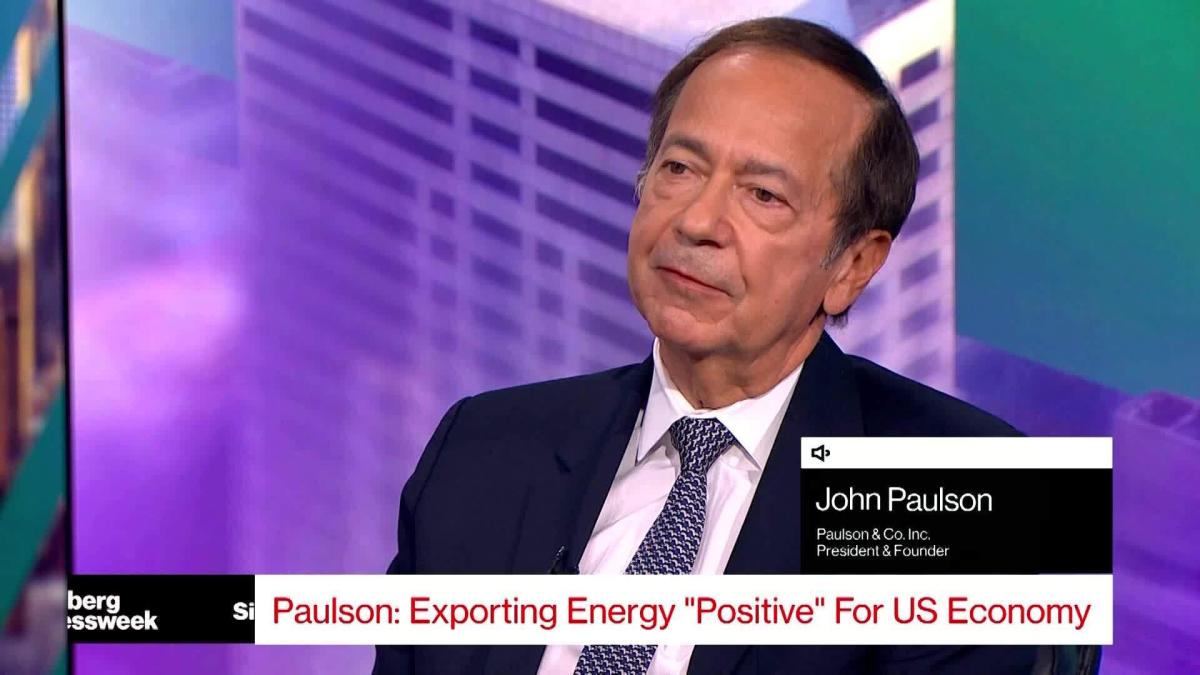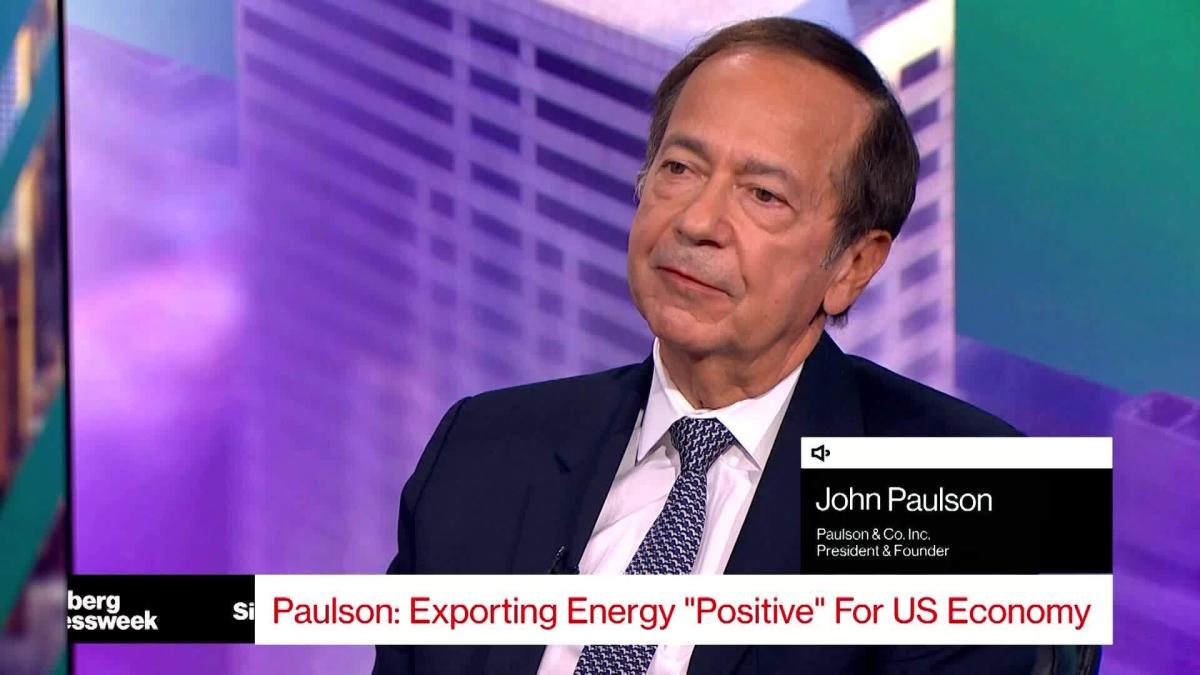
(Bloomberg) — The world’s biggest bond market whipsawed after the latest jobs report left traders wondering whether or not the Federal Reserve will deploy a super-sized rate cut in September.
Most Read from Bloomberg
Listen to the Bloomberg Daybreak Europe podcast on Apple, Spotify or anywhere you listen.
While Wall Street boosted bets on a half point Fed reduction in the immediate aftermath of Friday’s labor-market data, many market observers said that’s not necessarily what the Fed will do. All around trading desks, the prevailing view is that the labor market is indeed softening — but it’s not weak enough to warrant an aggressive move from officials at this point.
“A softer-than-expected jobs report may support those in favor of a 50 basis-point rate cut in September, but the jury is likely still out,” said Chris Larkin at E*Trade from Morgan Stanley. “For now, a 25 basis-point cut remains the baseline case for a cautious Fed. In the meantime, markets are likely to be sensitive to any other data that suggests the economy is cooling off too much.”
Nonfarm payrolls rose by 142,000 following downward revisions to the prior two months, Bureau of Labor Statistics data showed Friday. The unemployment rate edged down to 4.2%, the first decline in five months, reflecting a reversal in temporary layoffs. Average hourly earnings rose 0.4%.
Fed Bank of New York President John Williams said it is now appropriate for the central bank to reduce interest rates, given progress on lowering inflation and a cooling in the labor market. Williams said there had been “significant progress” toward the Fed’s dual goals of maintaining stable prices and maximum employment and that the risks to achieving both have moved into “equipoise,” or a state of equilibrium.
The S&P 500 fell 0.3%. The Nasdaq 100 dropped 1%. The Dow Jones Industrial Average was little changed. Broadcom Inc. tumbled 9% on a disappointing sales forecast. Treasury 10-year yields rose one basis points to 3.74%. The dollar fluctuated.
Wall Street’s Reaction to Jobs:
-
Jason Pride at Glenmede:
The bottom has not fallen out on the labor market at this point, but there are sufficient jitters for the Fed to take a hard look at a 50bp cut later this month. It’s likely not a matter of whether they will cut, but rather how aggressively they will do so. But what may ultimately matter most is the longer-term trajectory of rates. The September dot plot is likely to be the most closely watched output of the next FOMC, which is likely to project a path that gets fed funds in the neighborhood of neutral by year-end 2025.
A near perfect report, in our opinion. Job growth was good, but not too good as to keep the Fed on hold at their current fed funds interest rate target, and not too soft as to raise fears of a collapsing labor market.
What Does It Mean? Overall, today’s report is very consistent with an economy that is slowing, but not crashing.
What Is Next? In term of implications for the Federal Reserve, we still think policy makers are most likely to kick off the cutting cycle with a 25 basis point cut in September. Regardless of the size of the September cut, we think Federal Open Market Committee officials will signal through updated projections that they plan to return policy to more normal levels much faster than previously thought, perhaps getting there by end of 2025.
The data was soft enough to make the Fed more dovish, but not weak enough to confirm recession fears. The job market is bending, but it’s not breaking. We seem to remain on track for a soft landing. The bears aren’t getting what they wanted.
Our first impression is that the highly-anticipated August employment report may not be weak enough to deliver a 50 basis-point Fed rate cut in September, even though it is really a gray zone report.
We think the Fed should cut 50 out the gates with this data, but the Committee is inertial and Powell may not have enough here to deliver 50, and may have to settle for a dovish 25.
Financial markets have turned attention their attention toward how much the Fed will ease and how fast the economy is slowing. August data slightly relieved (for now) those concerns as the report was better than the July labor results. The mentality of the market is now that “Bad economic news is bad for the stock market”. Expect the near-term volatility to continue.
Rate cut to come in September and likely to be 25 basis point based on recent data. We have 100 bps of cuts penciled in this year. Do not get hung up on whether the Sept cut will be 25 or 50 bps. The important thing is the Fed is beginning a series of rate cuts.
We remain more cautious on both equity and fixed income exposures and are looking for better entry points in both asset classes. We believe there will be opportunities to buy equities at lower valuations and do not want to extend duration and buy long-term Treasuries at current yields.
Friday’s jobs report shows that the labor market is continuing at a sturdy, but slowing pace, and that gives the Federal Reserve the ability to cut interest rates by either 25 or 50 basis points at the September meeting. Part of the Fed’s decision on how deep of a rate cut to initiate in September will also depend on the August CPI report, which is released next week.
We do expect stock market volatility to remain elevated, and exceedingly data and headline dependent into and through the presidential election. We remind investors that in a mere two months, much of that uncertainty will be settled and markets will be focusing on 2025 earnings, which we expect to be solid.
Rarely has there been such a make or break number – unfortunately, today’s jobs report doesn’t entirely resolve the recession debate.
For the Fed, the decision comes down to deciding which is the bigger risk: reigniting inflation pressures if they cut by 50bps or threatening recession if they only cut by 25bps. On balance, with inflation pressures subdued, there is no reason for the Fed not to err on the side of caution and frontload rate cuts.
August payroll data indicate risks are rising as the labor market is clearly softening, and the Fed needs to step in to cut off tail risks. The report seals the deal for a September rate cut, but the big question really is whether the Fed goes big (by cutting 50 bps) to get in front of rising risks.
Labor market continues to show signs of deceleration. That is real. This report doesn’t clearly state 25 or 50 bps for the first cut, which was the answer the market was hoping to get. What is clear is the Fed is cutting and upcoming Fed speak will help shed some light on the internal debate around the September meeting.
This data does not necessarily green-light the Fed for a 50 basis points cut in September: the sense of emergency isn’t there yet, and much can already be accomplished with a dovish statement in September.
The motto of “not as bad as expected but not good either” is what markets will have to live with for some time now.
The labor market is cooling at a measured pace. Shortly after this release, markets were pricing in a slightly higher chance of a 50 basis point cut at the next Fed meeting compared to yesterday’s pricing. However, our view is the Fed will likely cut by 25 basis points and reserve the right to be more aggressive in the last two meetings of the year.
The number that shook markets a month ago has disappointed again. However, there is some good news – hourly earnings were better than expected and higher than inflation. The debate has moved on to whether we will get a 25 or 50 basis-point cut from the Fed in September. There’s probably not enough in this to suggest a jumbo-sized cut, but we will see CPI data before then which will be the key.”
This is the moment we’ve all been waiting for and, based on the data, it looks like the Fed won’t need to panic and start with a “jumbo” rate cut.
Given the weaker-than-expected, but not falling-off-a-cliff numbers that we got this morning, it’s unlikely that a 50 bps cut is necessary and the Fed will likely proceed at a measured pace of 25 bps cuts at each meeting for the rest of the year.
While the bears have plenty to work with – in terms of a softening labor market and a slowing economy – the facts still show an economy that is expanding and not one that is imminently headed into recession, and for that reason we believe that once the election is behind us, we will see this bull market resume climbing to new all-time highs before the next bear market begins.
The soft August payroll report does not scream recession, but it does underline that the balance of risks to a soft landing scenario are to the downside.
The report does not settle the debate over whether the FOMC lowers rates by 25 bp or 50 bp on Sept. 18. The Fed will see August CPI and retail sales data before their meeting, so that may influence the decision.
The equity market is still trying to figure out how much slowing is going on in the economy. Is it a gentle flow or is stagnation a possibility. Today’s report does not settle that question. It is a coin flip what the Fed will do and futures are evenly split on the 25/50 question for this month. If the Fed lowers rates by 50 bp, the risk is that it looks like the Fed is panicking and that the recession risk is higher than generally believed.
Some of the main moves in markets:
Stocks
-
The S&P 500 fell 0.3% as of 10:08 a.m. New York time
-
The Nasdaq 100 fell 1%
-
The Dow Jones Industrial Average was little changed
-
The Stoxx Europe 600 was little changed
-
The MSCI World Index fell 0.3%
Currencies
-
The Bloomberg Dollar Spot Index rose 0.1%
-
The euro fell 0.3% to $1.1076
-
The British pound fell 0.1% to $1.3164
-
The Japanese yen rose 0.1% to 143.30 per dollar
Cryptocurrencies
-
Bitcoin fell 0.9% to $55,568.01
-
Ether fell 0.7% to $2,349.88
Bonds
-
The yield on 10-year Treasuries advanced one basis point to 3.74%
-
Germany’s 10-year yield was little changed at 2.20%
-
Britain’s 10-year yield advanced one basis point to 3.93%
Commodities
-
West Texas Intermediate crude rose 0.9% to $69.76 a barrel
-
Spot gold fell 0.5% to $2,504.33 an ounce
This story was produced with the assistance of Bloomberg Automation.
Most Read from Bloomberg Businessweek
©2024 Bloomberg L.P.
EMEA Tribune is not involved in this news article, it is taken from our partners and or from the News Agencies. Copyright and Credit go to the News Agencies, email news@emeatribune.com Follow our WhatsApp verified Channel





